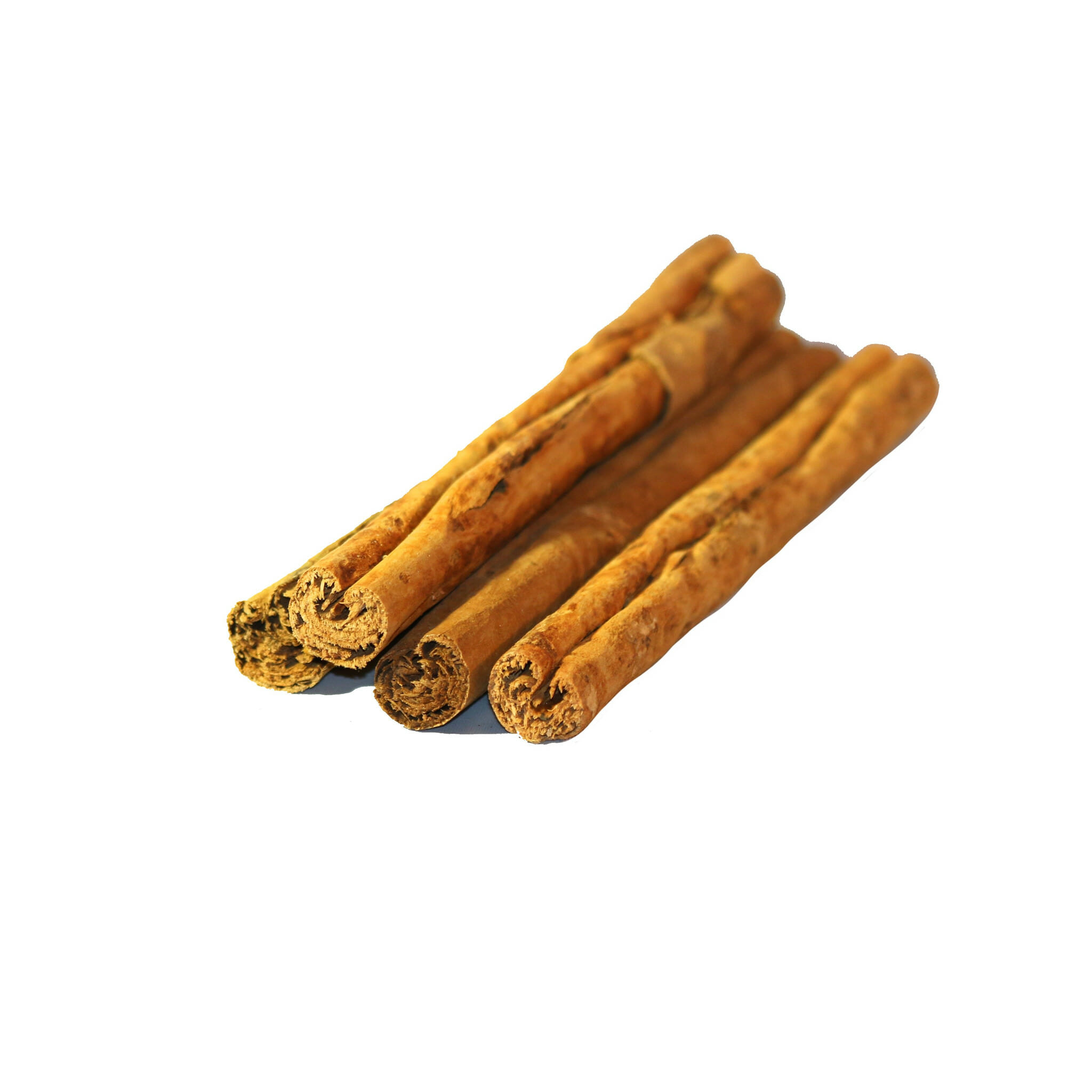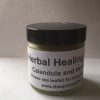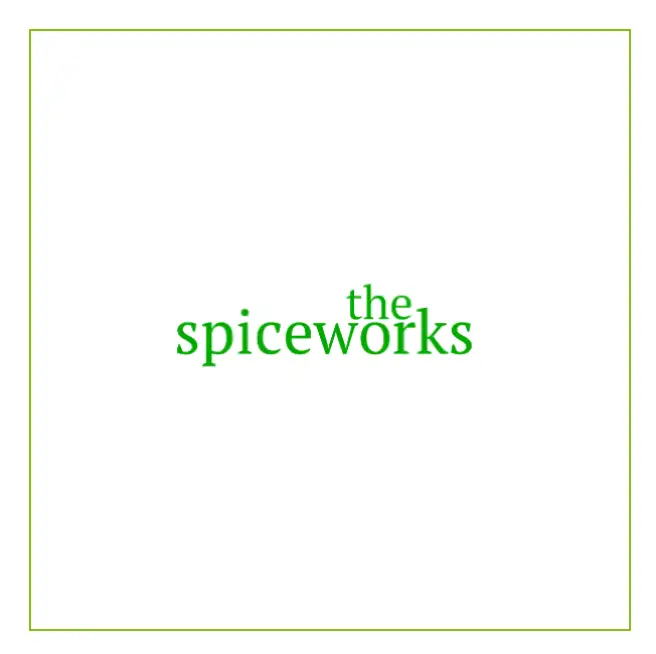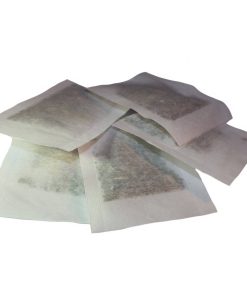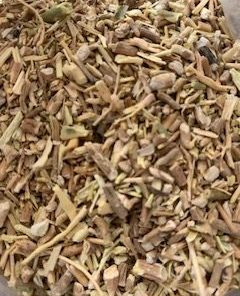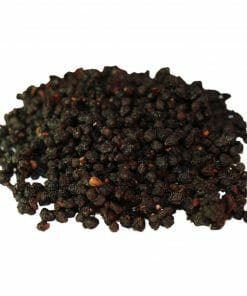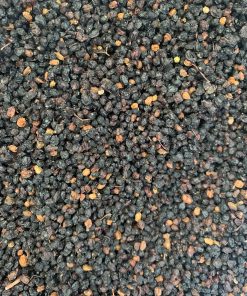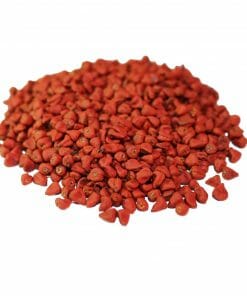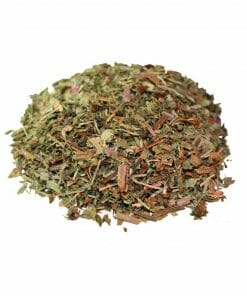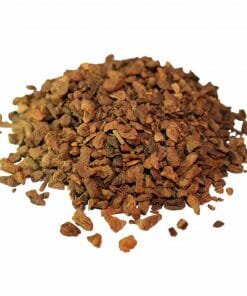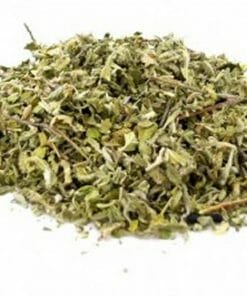Cassia quills
These are 3” (7.5cm) Cassia quills
There are (very) approx 20 sticks per 100g of this product.
10 sticks per 50g
50 sticks per 250g
100 sticks per 500g
200 sticks per 1 Kilo
We sell by weight and not per stick, so please note that the amount received per weight may vary from that given above.
Product of The Seychelles/ China
Latin Name: Cinnamomum aromaticum
Plant Family: Lauraceae
Other Names: Chinese Cinnamon, Chinese Cassia, Guan Gui, Valse Kaneel, Casse, Canéfice, Cannelle de Chine, Chinesischer Zimt, Kassie, Rou Gui, Cannella della Cin, Canela de la China & Kassia.
How to tell the difference between Cassia and Cinnamon.
Cassia is rolled into double rolls. It is rolled from both edges to form a double roll.
Cinnamon only has a single roll. It is rolled from one edge to form one roll.
if viewed end-on, Cassia will have two, Cinnamon will have one roll per end.
Cassia is often sold as Cinnamon.Why? Because it costs a lot less, and the seller can make a very large profit if they re sell this as Cinnamon.
In the USA, almost all (99.9%) of all ‘Cinnamon’ sold is, in fact, Cassia.
Taste-wise, Cinnamon can be slightly sweeter than Cassia.
Cassia V Cinnamon.
Cassia and Cinnamon are interchangable in most non-medical circumstances.
Simply substitue obne for the other.
Cassia does contain more coumarin, which is a naturally-occurring anti-coagulant (i.e. blood thinner). This has caused some to vilify Cassia because large amounts of coumarin have been shown to cause liver damage in several studies.
Interesting Fact: Cassia is mentioned in the book ‘Pen Ts’ao Ching’ circa 2,700 B.C., then it was known as ‘Kwei’, today the Chinese call cassia ‘gui’ meaning ‘high rank’. The first authenticated record of the use of kwei as a medicine in China was found in the “Ch’u Ssu” or ‘Elegies of Ch’u’ which was written in the 4th century B.C. Cassia is also mentioned in the Ebers Papyrus, a remarkable medical document dated to circa 1,550 B.C.
Ingredients: Dried rolled pieces of Cinnamomum aromaticum bark.
Allergy Advice: Cassia contains a naturally occurring source of salicylates and is best avoided by people eating a salicylate-free diet.
Cassia can be added to both sweet and savoury dishes, sprinkle into bread, biscuit, cake and muffin recipes, it can be added to curry powder blends, stirred in to soups, stews and tagines., it works well with chicken, lamb and beef. Add to crumble toppings and the fillings of apple and pumpkin pies, sprinkle onto porridge, muesli, pancakes for a sweet spicy flavour. You can also blend it into butter and make spicy cinnamon toast, try the butter on toasted teacakes and crumpets to! The spice can also be added to sscented sachets and pot pourri mixes and used as flavouring for mulled wine and cider.
| Weight | 0.06 kg |
|---|---|
| Size | 50g, 100g, 250g, 500g, 1 Kilo, 5 Kilo |
Related products
Dried Herbs
Dried Herbs
Dried Berries
Dried Herbs
Dried Herbs
Dried Herbs
Dried Herbs
Dried Herbs


